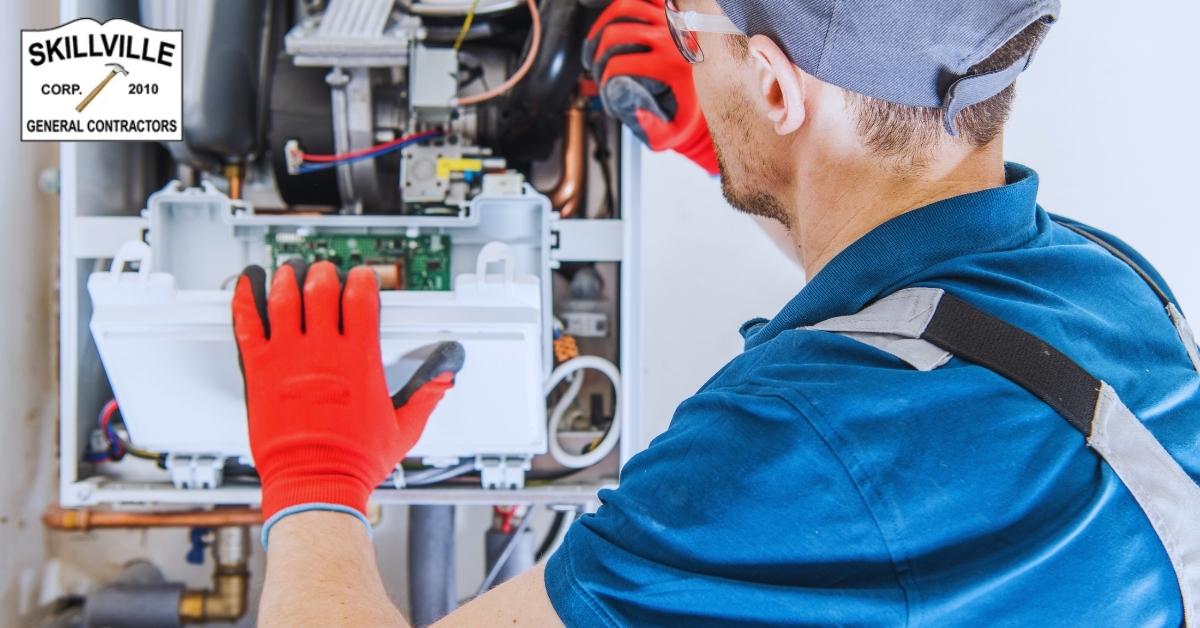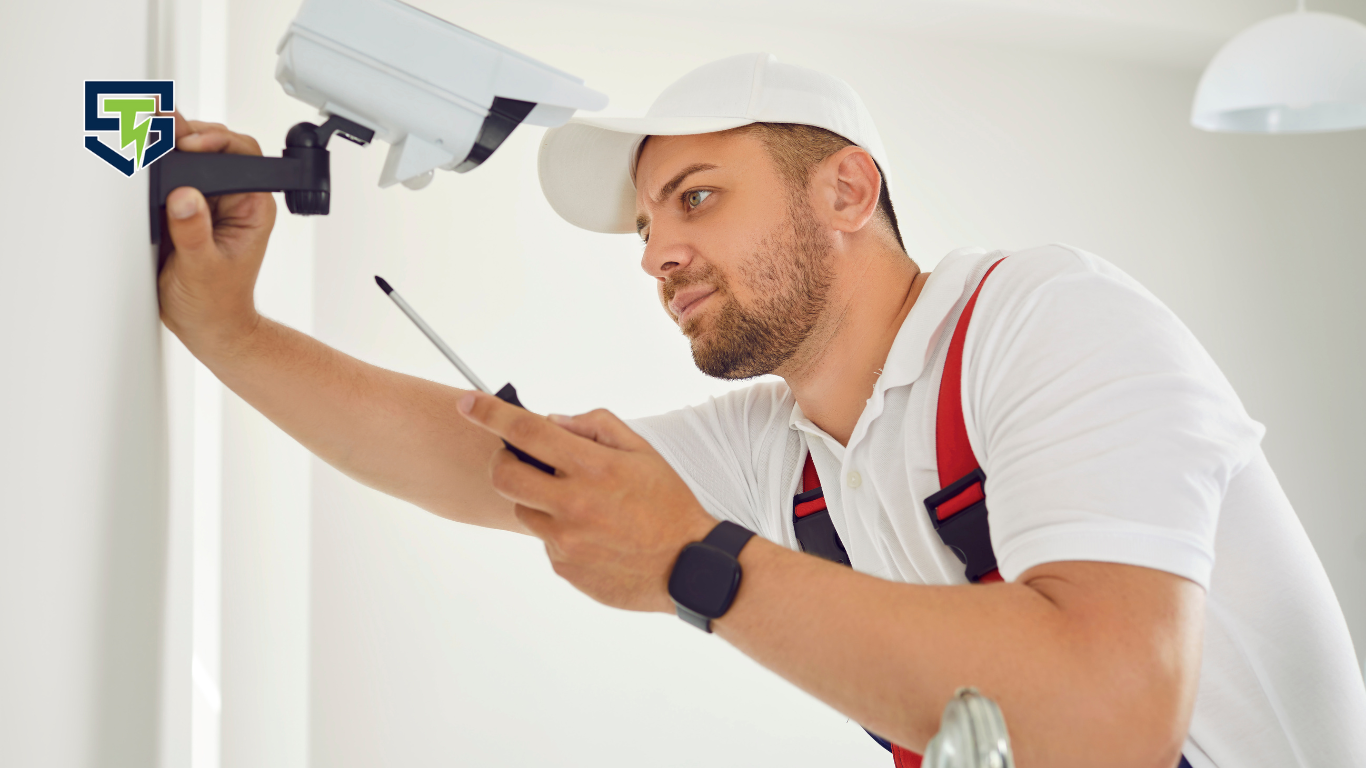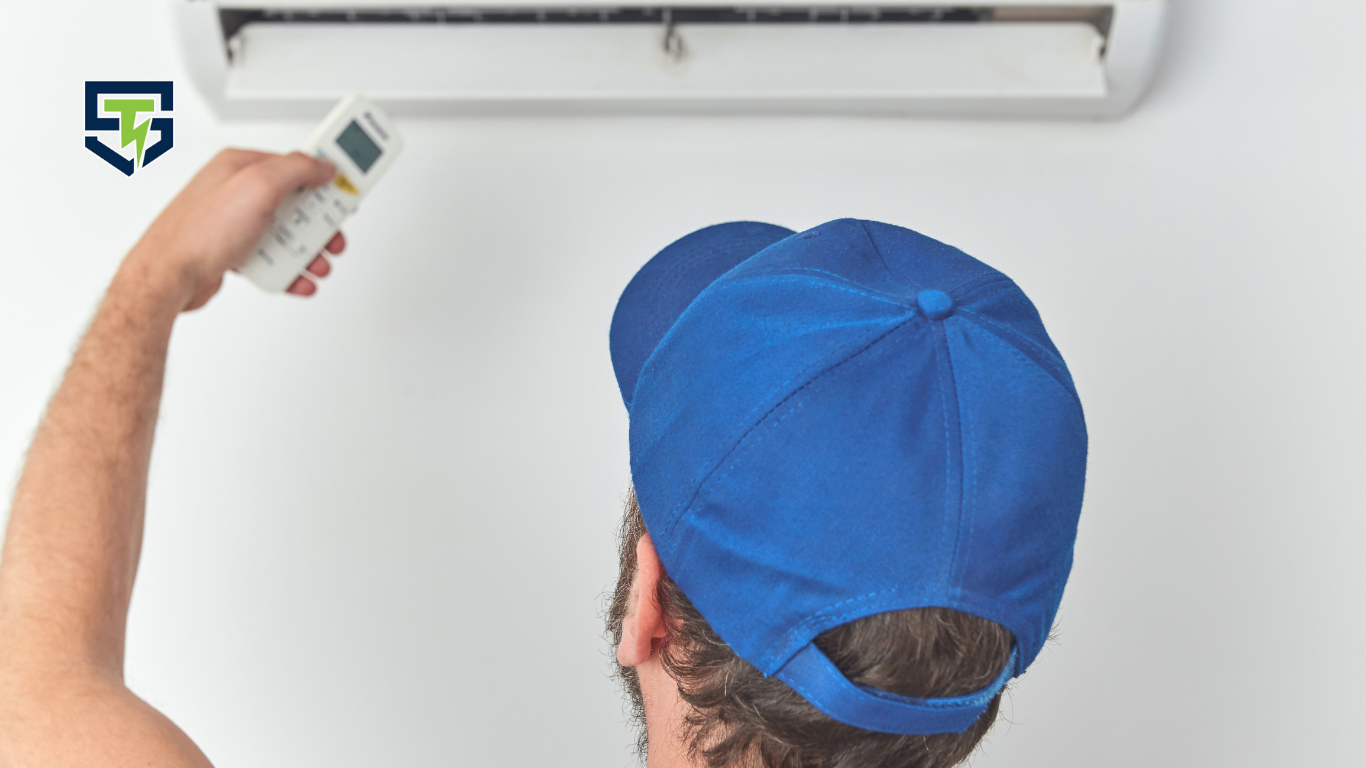How to Label an Electrical Panel Like a Master Electrician
Labeling your electrical panel isn’t just good practice; it helps protect your home, family, and property. When you clearly mark each breaker, you reduce the chances of delay during an emergency. You also make it easier to find the breaker to turn off when something goes wrong.
Another big reason? The electrical code requires it. Following the NEC ensures your home stays up to standard.
That means any electrician or inspector who sees your panel will know your system is safe and organized. If you need help figuring things out, Timothy Santos Electric offers inspections and labeling services for both residential and commercial properties.
Understanding What’s Inside Your Panel
If you’ve never opened your breaker box before, you’re not alone. Many homeowners overlook what’s inside until something stops working or a breaker trips. But understanding the basic parts of your electrical panel can help you avoid confusion, make safer decisions, and fix problems faster. Here’s a breakdown of what you’ll find:
- Circuit breakers: These are switches that control and protect each circuit in your home. When there’s too much electricity flowing through a line, the circuit breaker shuts off power to stop overheating or damage.
- Panel cover: The metal door on the front of your breaker panel. Often, you’ll find a panel label or blank space inside the door where a directory belongs.
- Breaker number: Each breaker has a number to help you track which one matches which room or appliance.
- Electrical load: This refers to how much electricity flows through a circuit. If the electrical load calculation is off, you could overload the system.
- Fuses (older homes only): These do the same job as breakers but need replacing when they blow.
- Home’s electrical system: Every breaker ties into the larger electrical system that powers lights, plugs, and machines throughout your house.
If there’s no clear electrical panel labeling system already in place, or if it’s outdated, that’s a sign your panel needs to be labeled. That way, if something breaks or needs updating, you’ll know exactly where to look.
Tools You’ll Need Before You Start
Before jumping into labeling, make sure you have the right tools nearby. The process is much easier and safer when you’re properly prepared. Some of these items help you test the circuits, while others help you document things clearly. Here’s what you’ll want to gather:
- Flashlight or headlamp
- Pen and notepad
- Sticky labels or a label maker
- Walkie-talkies or phones (if working with a partner)
- Nightlights, radios, or plug-in lamps
- Optional: Circuit detector or breaker finder
A label printer is great for neat results, especially if you’re creating a long-term labeling system. You may also want to print or draw a circuit diagram to stay organized. Timothy Santos Electric always recommends turning off any sensitive equipment before working on a breaker panel, even if you’re just labeling.
Step-by-Step Guide: How to Label an Electrical Panel Properly
Labeling your electrical panel may seem like a small task, but it plays a huge role in your home’s safety. When circuits are marked clearly, you can act fast during emergencies, prevent mistakes during repairs, and keep things organized for the future. Whether you’re doing it for the first time or updating an old setup, follow these steps to get it done right.
Step 1 – Shut Off the Power (Safety First)
Before you do anything with your electrical panel, start with safety. Power running through wires and breakers can cause serious injury. Even if you’re just flipping breakers, it’s important to be cautious and work smart.
Taking a few extra minutes now can prevent bigger problems later. Begin by shutting off the power to your home, if possible. Most panels have a main breaker at the top. Flip this switch to cut power throughout the house. If you prefer to work with power on, be sure to wear rubber-soled shoes, stand on a dry surface, and never touch wires directly.
Next, double-check that any sensitive electronics are unplugged. This helps avoid damage in case of accidental trips. Remember, safety isn’t about fear; it’s about protecting yourself while getting the job done right. Once the power is off, you can open the panel cover and get ready to label.
Step 2 – Use a Buddy System or Circuit Detector
If you have a partner, split tasks. One stays at the breaker panel, and the other goes room to room. Flip one circuit at a time, and watch which lights or devices shut off. If you’re alone, use a circuit detector. Plug the transmitter into an outlet.
The receiver will beep when you pass the correct breaker. This method helps you identify circuits without flipping all the breakers at once.
Step 3 – Flip One Breaker at a Time
Turn on items like nightlights, TVs, or lamps in each room. Then, slowly flip each breaker off and on. Note what turns off. Tell your partner, or record it yourself. This will help you figure out which breaker controls which circuit.
You can even test appliances like your microwave or coffee maker to make sure you capture everything. It’s a common issue in homes with Common AC Installation Mistakes that certain appliances end up on the same circuit.
Step 4 – Write It Down Immediately
Once you’ve found a match, write it down. Use a label template or simple notepad. Avoid labels like “Jake’s Room”. Use something more permanent like “NE Bedroom, top outlet on west wall.”
If you’re using a printed electrical panel label template, make sure it’s easy to read and clearly labeled.
Repeat the process until you’ve tested every breaker. Even outdoor outlets, garages, and sheds should be included. Every circuit needs to be identified.
Step 5 – Create Your Final Directory
Now that you have everything recorded, build a panel label or panel schedule. You can type it into Excel, write it by hand, or use an app. Tape it inside the panel door or store it close by. This becomes your electrical panel schedule, which is vital for quick action during maintenance or emergencies.
Pro tip: Make a digital copy as backup. That way, even if the paper gets dirty or lost, you still have a reference.
Tips for Clear, Code-Compliant Labeling
Labeling your electrical panel isn’t just about making things look neat; it helps everyone from homeowners to electricians work more safely and faster. Clear, accurate labels reduce the chance of mistakes and keep your home in line with important safety rules. Here’s how to do it right:
- Use specific names like “Basement lights” instead of general labels like “Lights.”
- Be more descriptive with entries like “Kitchen counter plugs” or “Garage door opener”.
- Stick with high-quality labels or use a printable label and seal them with tape to keep them from fading.
- Make sure each label is clearly marked and easy to see next to its breaker.
- Don’t leave blanks. Every breaker or fuse should have a clear purpose written next to it.
- Not sure your labeling is up to code? A master electrician from Timothy Santos Electric can inspect and correct it for you.
FAQ
Why should I label my electrical panel?
It helps you know what each breaker does, so you can act fast in an emergency. It also makes repairs easier and safer. You’ll avoid guessing which breaker to shut off when something breaks.
Can I label my panel by myself, or do I need an electrician?
You can do it yourself if you’re careful. But if your panel is outdated or confusing, it’s better to hire a pro like Timothy Santos Electric.
What tools do I need to label my electrical panel?
Grab a flashlight, sticky labels or a label maker, a pen, and a circuit detector. It also helps to have a second person assist.
How do I know which breaker controls which part of the house?
Turn on lights or plug in small devices. Then turn off each breaker to see which one causes a power cut. Use a breaker finder if needed.
How often should I update the labels on my panel?
Update them after any big change, like adding a room or a new appliance. Also, check them once a year to make sure they’re still correct.
Conclusion
Now that you know how to label electrical panel layouts, you can start creating a safer, more efficient home. A good labeling system saves time, reduces risk, and helps in times of stress.
If anything feels uncertain, reach out to Timothy Santos Electric for expert help.
Whether you’re moving into a new place, planning upgrades, or fixing a problem, it’s always smart to know which breaker to turn off. Don’t wait until you smell burning wires or experience electrical shocks.
Get your panel clearly labeled and stay prepared. Remember, every circuit needs to be identified. Every breaker should make sense. And every home deserves safe, smart, and proper labeling.






